Nikola Tesla, (Cyrillic: Никола Тесла) a name synonymous with innovation, brilliance, and vision, was a pioneering inventor and engineer whose contributions to science and technology have left an indelible mark on the world.
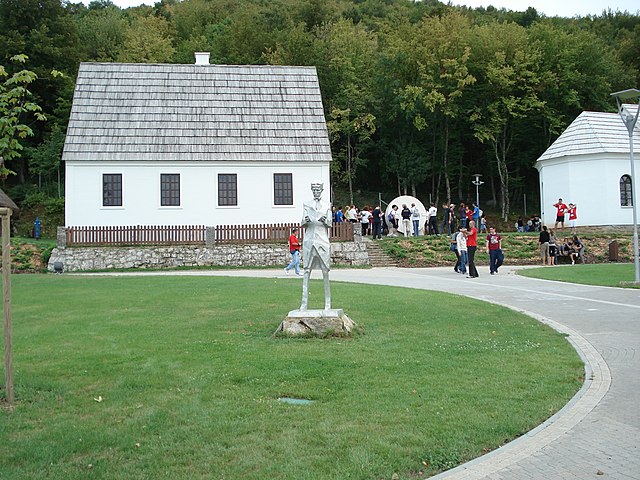
Born on July 10, 1856, in the village of Smiljan, which was part of the Austro-Hungarian Empire (modern-day Croatia), and passing away on January 7, 1943, in New York City, Tesla’s life was a journey marked by relentless curiosity, groundbreaking discoveries, and a relentless pursuit of scientific progress. This article delves into the extraordinary life, inventions, and enduring legacy of this enigmatic genius.
Table of Contents
Early Life and Education of Nikola Tesla
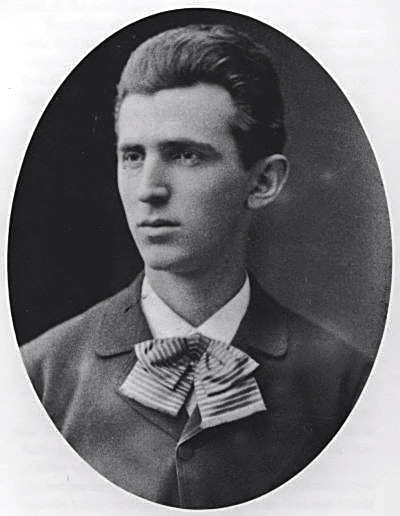
Nikola Tesla’s early life was marked by an insatiable curiosity and an innate talent for invention. He came from a Serbian family of clergy and displayed exceptional intelligence from a young age. His father, Milutin Tesla, was a Serbian Orthodox priest, and his mother, Georgina Đuka Tesla, had an impressive lineage of inventors. This family background set the stage for Tesla’s future endeavors.
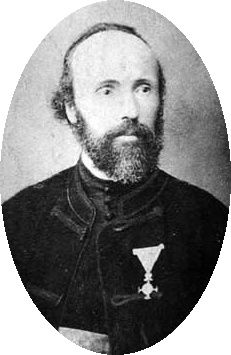
Young Nikola’s inquisitive mind often got him into trouble, as he was prone to dismantling and reassembling household items to understand their inner workings. His formal education began in his hometown, but his talents soon outgrew the local offerings. Consequently, he moved to Karlovac and then to Graz, Austria, where he attended the prestigious Joanneum, a polytechnic institute. In Graz, his mathematical abilities became apparent, setting the stage for his future groundbreaking work in electrical engineering and science. Tesla’s education would later continue in Prague, where he attended the Charles-Ferdinand University, focusing on philosophy and physics. His early years were marked by a sense of boundless wonder and an insatiable desire to understand the mysteries of the world, qualities that would propel him into a lifetime of scientific innovation and invention.
Immigration to the United States
In 1884, Tesla embarked on a momentous journey that would eventually lead him to the United States, a land of promise and opportunity. With little more than the clothes on his back, a letter of recommendation from Charles Batchelor, an engineer he had worked with in Europe, and a mind teeming with ideas, Tesla arrived in New York City.
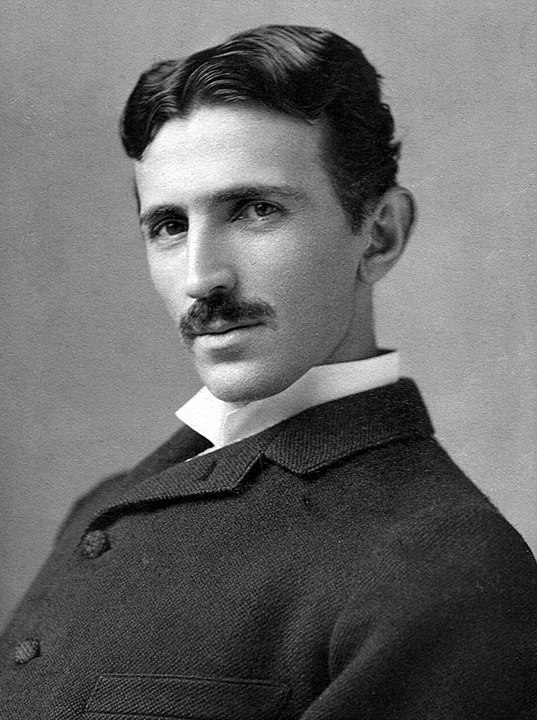
His first employer in the U.S. was Thomas Edison, the iconic inventor of the electric light bulb. Tesla began working for Edison’s Edison Machine Works and was tasked with improving the design of Edison’s direct current (DC) generators. However, differences in approaches and personalities soon led to a parting of ways, as Tesla believed in the potential of alternating current (AC) power transmission, which Edison opposed vehemently.
The AC-DC Battle: Tesla vs. Edison
The so-called “War of Currents” became a defining moment in Tesla’s career. In the late 1880s, Tesla partnered with George Westinghouse, who recognized the advantages of AC power transmission, and together they developed and promoted the alternating current system. AC was not only more efficient for long-distance power transmission but also safer, as it could be easily transformed into higher or lower voltages, reducing the risk of electrical accidents.
This AC-DC battle, which saw Tesla and Westinghouse pitted against Edison and General Electric, raged through the late 1880s and early 1890s. Ultimately, Tesla’s AC system prevailed, and it became the foundation for modern electrical power distribution.
Tesla’s Contributions to Electrical Engineering
Nikola Tesla’s work extended far beyond the realm of AC power. His contributions to electrical engineering are monumental and have had a profound impact on various fields.
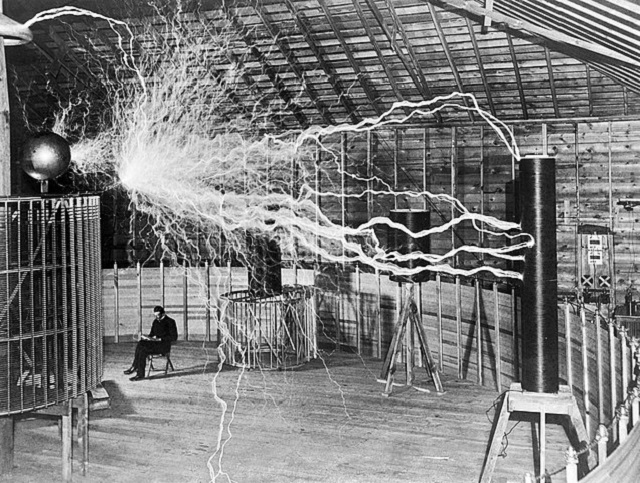
Some of his most notable accomplishments include:
1. Alternating Current (AC) System
Tesla’s development of the AC system, which includes the AC motor and the transformer, revolutionized electricity generation, transmission, and distribution. This system became the backbone of modern electrical power.
2. Tesla Coil
The Tesla coil is an invention that allowed the generation of high-voltage, low-current, high-frequency alternating-current electricity. It has applications in wireless transmission, lighting, and even early radio technology.
3. Induction Motor
Tesla’s invention of the induction motor has had a transformative impact on industry. These motors are widely used in household appliances, manufacturing, and transportation systems, making our modern world possible.
4. Radio Waves
Although Guglielmo Marconi is often credited with the invention of radio, Tesla made significant contributions to the development of wireless communication. He held many key patents related to radio transmission.
5. Wireless Power Transmission
Tesla envisioned a world where electrical power could be transmitted wirelessly over vast distances. While this concept is still a topic of research, his pioneering work in wireless power laid the foundation for modern wireless technologies.
6. X-rays
Tesla’s experiments with X-rays preceded Wilhelm Roentgen’s discovery and earned him recognition in the field of radiology.
7. Wireless Telegraphy
Tesla’s work in wireless telegraphy laid the foundation for modern telecommunications. He proposed the idea of a “world wireless system” that would allow worldwide communication.
8. Remote Control
Tesla’s work in remote control technology was a precursor to today’s remote control systems, robotics, and automation.
9. Resonance
Tesla conducted groundbreaking experiments in resonance and vibration. His work in this area had applications in the development of the seismograph, and it inspired the creation of musical instruments.
Last years in the life of Nikola Tesla
The last years of Nikola Tesla’s life, from the 1920s until his passing in 1943, were marked by a combination of triumphs and tribulations for the brilliant inventor. Although his earlier years had seen him bask in the limelight of scientific discovery and innovation, his later life was characterized by relative obscurity and financial struggles. In 1915, he declared bankruptcy, and many of his patents had expired or were lost in legal battles. Tesla continued to work on numerous projects, including experiments with resonance and mechanical oscillators, as well as ideas related to particle-beam weaponry and wireless power transmission. Unfortunately, these endeavors did not garner the same widespread recognition or financial success as his earlier work. Tesla lived out his later years in a series of New York City hotels, including the Hotel New Yorker. He suffered from increasingly severe obsessive-compulsive tendencies and exhibited peculiar behaviors, such as feeding pigeons in the park every day. His financial situation remained precarious, and he had to rely on the generosity of friends and supporters. Despite the hardships, Tesla remained committed to his work and visionary ideas. He passed away on January 7, 1943, in New York City, leaving behind a legacy of scientific innovation and contributions that continue to shape the modern world. Tesla’s remarkable intellect and unwavering dedication to the pursuit of knowledge endured even through the challenging final chapter of his life.
US patents of Nikola Tesla
Nikola Tesla was a prolific inventor and held numerous patents in the United States. While listing all of his patents would be extensive, I can provide a selection of some of his most significant patents and inventions:
- U.S. Patent 390721 – “Dynamo-Electric Machine” (1888): This patent describes the design of an alternating current (AC) dynamo-electric machine, a precursor to modern electric generators.
- U.S. Patent 381968 – “Electro Magnetic Motor” (1888): This patent is related to an improved design of an electromagnetic motor, a key component in AC power generation and transmission systems.
- U.S. Patent 555190 – “Alternating Motor” (1896): Tesla’s alternating motor patent is a crucial element in the development of AC induction motors.
- U.S. Patent 645576 – “System of Electric Lighting” (1900): This patent outlines a method for regulating the intensity of incandescent lamps in an electric circuit.
- U.S. Patent 649621 – “Method of Introducing Conducting Wires into Tubs or Troughs” (1900): Tesla’s invention facilitated the installation of electrical wiring in conduits, which is still used in modern electrical systems.
- U.S. Patent 723188 – “Method of Introducing Conducting Wires into Tubs or Troughs” (1903): A continuation of the previous patent, this one further elaborates on the method for introducing conducting wires into conduits.
- U.S. Patent 787412 – “Art of Transmitting Electrical Energy Through the Natural Mediums” (1905): Tesla’s patent on wireless transmission of electrical energy, often linked to his Wardenclyffe Tower project.
- U.S. Patent 649605 – “Method of Intensifying and Utilizing Effects Transmitted Through Natural Media” (1900): This patent relates to the amplification of electrical signals in transmission systems.
- U.S. Patent 723189 – “Method of Signaling” (1903): Tesla’s work in the field of wireless telegraphy and signaling systems.
- U.S. Patent 390721 – “Method of Introducing Wires Into Insulating Material” (1888): This patent details a method for embedding wires into insulating materials like rubber or gutta-percha.
These are just a few of the patents held by Nikola Tesla during his lifetime. His innovative work laid the foundation for many modern technologies, and his contributions to electrical engineering and wireless communication continue to shape the world today.
Most important scientific discovery of Nikola Tesla
Nikola Tesla’s most important scientific discovery, undoubtedly, is his pioneering work on alternating current (AC) electricity and the development of the AC induction motor. Tesla’s breakthroughs in AC power transmission and utilization revolutionized the way we generate, distribute, and use electrical energy, and it remains one of the most transformative innovations in the history of science and technology. By developing a practical and efficient method for generating and transmitting AC power, Tesla made it possible to harness electricity over long distances, facilitating the creation of the modern electrical grid. This invention not only overcame the limitations of direct current (DC) systems championed by Thomas Edison but also made electricity safer, more economical, and widely accessible.
Today, the AC power system that Tesla helped establish is the foundation of our global electrical infrastructure, enabling the lighting, heating, cooling, and powering of our modern world. Tesla’s work on AC power transmission has left an enduring legacy, empowering countless industries and improving the quality of life for people around the globe.
Intriguing events in the life of Nikola Tesla
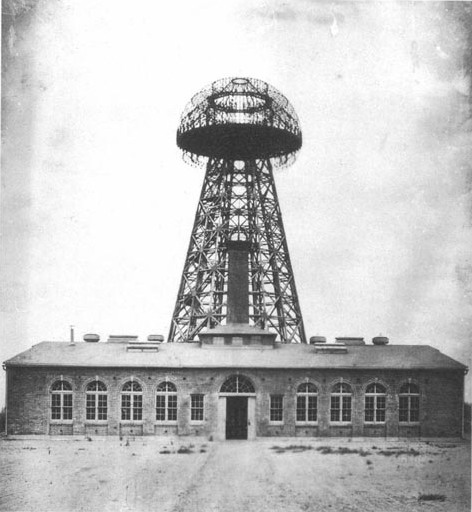
Nikola Tesla’s life was marked by a series of intriguing and sometimes enigmatic events that added to the mystique surrounding the brilliant inventor. One such event was his relentless pursuit of wireless power transmission, which culminated in the construction of the Wardenclyffe Tower on Long Island, New York. This ambitious project, funded by J.P. Morgan, aimed to transmit electricity wirelessly over vast distances and potentially provide free energy to the world. The tower’s true purpose, however, remains a subject of debate, as the project was never completed due to financial difficulties and was eventually dismantled.
Another intriguing aspect of Tesla’s life was his fascination with the number three and the importance he ascribed to it in his work. Tesla believed that numbers held a key to understanding the universe, and he exhibited behaviors such as walking around a building three times before entering.
Additionally, Tesla claimed to have received mysterious signals from outer space in the late 19th century, which he believed might be messages from extraterrestrial beings. While these claims remain unverified, they further contributed to the mystique surrounding Tesla’s life.
Finally, Tesla’s complicated relationship with famous inventor Thomas Edison is also a source of intrigue. The “War of Currents” between Tesla’s alternating current (AC) and Edison’s direct current (DC) systems is well-known, but their personal and ideological differences, often portrayed as a battle between science and commercial interests, added layers of complexity to their interactions. These intriguing events in Tesla’s life only serve to enhance his image as a scientific maverick and visionary whose legacy continues to captivate the imagination of people worldwide.
Quotes by Nikola Tesla
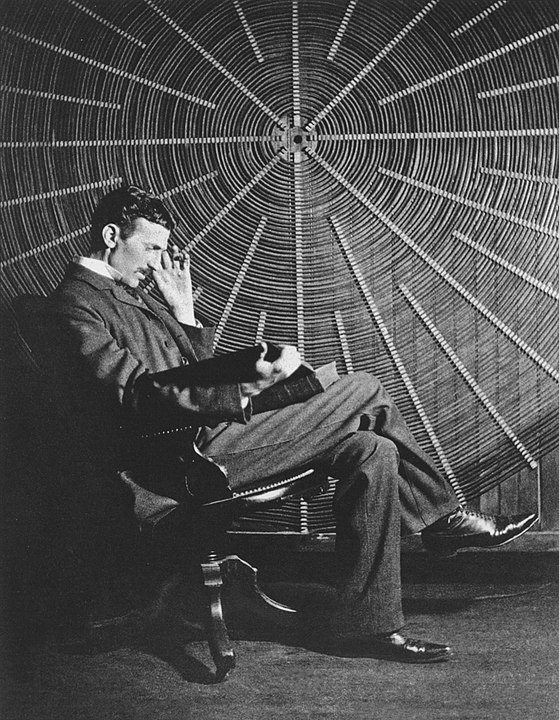
Nikola Tesla, known for his brilliant mind and innovative ideas, left behind a legacy of wisdom through his quotes. Here is a selection of some of his most famous quotes:
- “If you only knew the magnificence of the 3, 6, and 9, then you would have the key to the universe.”
- “My brain is only a receiver, in the Universe there is a core from which we obtain knowledge, strength, and inspiration.”
- “The day science begins to study non-physical phenomena, it will make more progress in one decade than in all the previous centuries of its existence.”
- “I do not think there is any thrill that can go through the human heart like that felt by the inventor as he sees some creation of the brain unfolding to success.”
- “The scientists of today think deeply instead of clearly. One must be sane to think clearly, but one can think deeply and be quite insane.”
- “Let the future tell the truth, and evaluate each one according to his work and accomplishments. The present is theirs; the future, for which I have really worked, is mine.”
- “The present is theirs; the future, for which I have really worked, is mine.”
- “The last 29 days of the month are the hardest.”
- “It’s not the love you make. It’s the love you give.”
- “The spread of civilisation may be likened to a fire; first, a feeble spark, next a flickering flame, then a mighty blaze, ever increasing in speed and power.”
These quotes reflect Tesla’s deep insight into science, innovation, and the mysteries of the universe, showcasing his remarkable intellect and philosophical ponderings.
Most famous interviews of Nikola Tesla
One of the most famous interviews of Nikola Tesla took place in 1899, when he was interviewed by the journalist and writer John Smith, who was covering Tesla’s work on wireless power transmission and his ambitious Wardenclyffe Tower project on Long Island. In this interview, Tesla discussed his vision of transmitting electricity wirelessly across the globe, the tower’s potential to revolutionize communication, and the possibility of providing free and unlimited energy to the world. Tesla’s visionary statements and innovative ideas captured the public’s imagination, as he described how power could be harnessed and delivered through the Earth, making the need for wires and cables obsolete.
While Tesla’s grand vision was never fully realized, his pioneering work in wireless transmission and his ability to convey complex scientific ideas to the public left an indelible mark on the world’s perception of science and technology. This interview not only showcased Tesla’s brilliance but also his unique ability to communicate his ideas, further solidifying his status as a scientific genius and an enduring source of inspiration for generations to come.
Another famous interview is for the New York Times on July 10, 1932, where “Tesla, 76, Reports His Talents At Peak.” In this interview “The inventor of the arc lighting system, of the system of alternating current power transmission, the Tesla coil, of a system of wireless communication and of wireless power transmission systems, allowed his thoughts to rove back over the beginning of his career and when he was a small boy on the Austro-Hungarian border. Then he allowed them to look into the future, in which, within the lifetime of the younger generation he is convinced there will be communication among the planets.
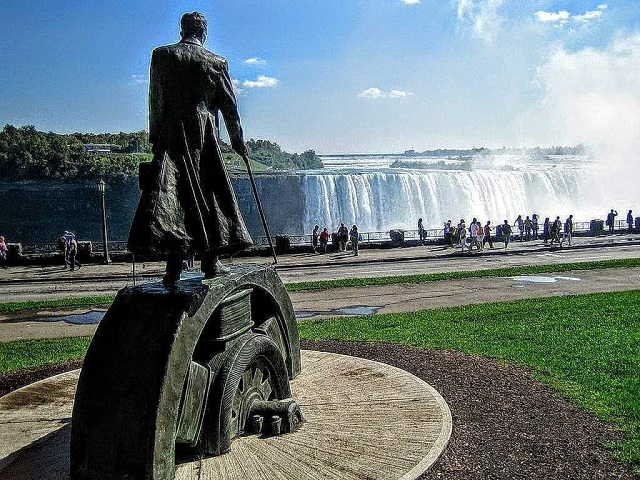
“When I was 9 years old,” he related, “I built a turbine in a mountain stream on my father’s land and connected it up with bolts to all sorts of machinery. I told my uncle, ‘Some day I’m going to America and I will run a big wheel at Niagara Falls.’ I had read about Niagara Falls and it fascinated me. My uncle didn’t take it seriously. ‘You’ll never see Niagara Falls,’ he told me.
“But I did come to America, and I did put a big wheel in Niagara Falls.”
Dr. Tesla, at the height of his career, designed the great power system at Niagara, and perhaps no boyhood dream ever was more tremendously filled than his.
In the same interview, he also discussed life on other planets, stating:
“The inventor’s conviction of many years’ standing that there is life on other planets in the solar system and that some day we will communicate with other planets has not lessened. Means of communication will readily be found, he said, and there will be no difficulty in establishing an intelligent exchange of ideas. He indicated that this might be done through some sort of television which would transmit ideas much as moving pictures tell their stories to races of diverse languages.”
“I have a sense that we are on the eve of a great revelation,” he said, speaking of the possibility of interplanetary communication. “Whether I will live to see it is a question, but you, as a younger man, will see it. And the news of it will be the greatest sensation in the world’s history.”
End of life

Tesla died in New York on January 7, 1943. His body was interred in New York’s Ferncliff Cemetery before being cremated in March of the same year. An urn with Tesla’s ashes was taken to Belgrade in 1957. Tesla’s ashes today rest in an urn in the shape of a sphere. The urn, designed by Nebojša Mitrić, stands on a stone pedestal and is exhibited in its own space within the Museum’s permanent exhibition.
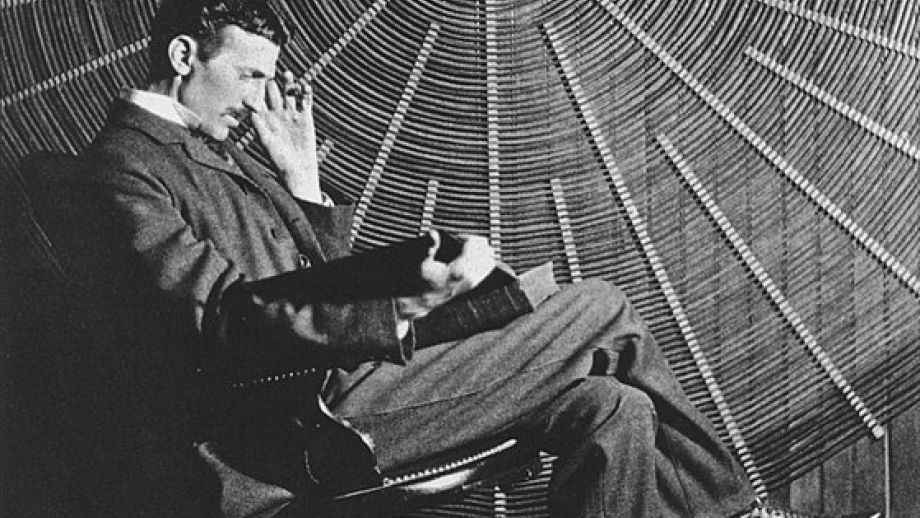
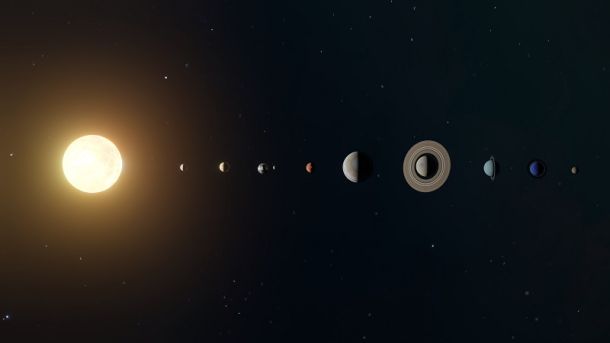
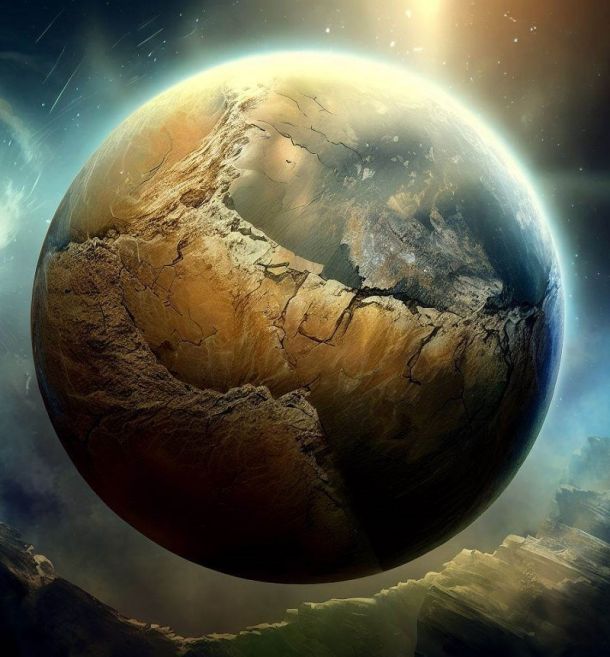
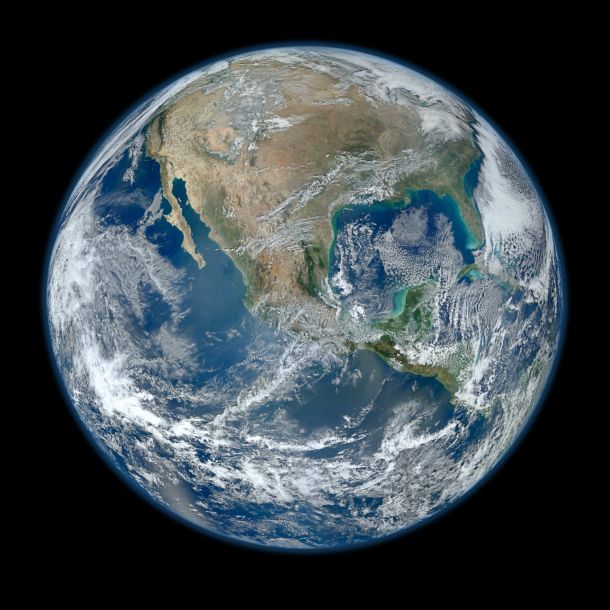

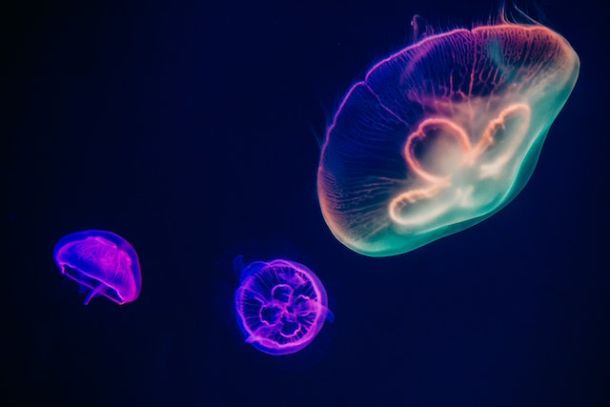
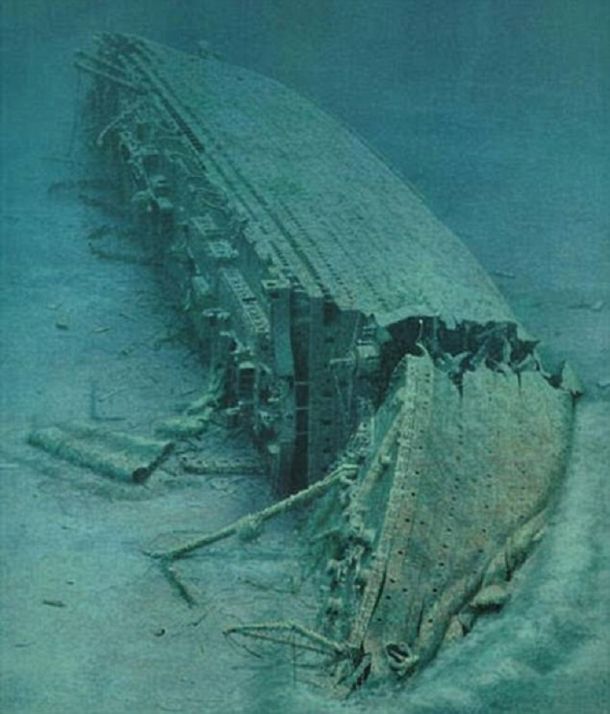


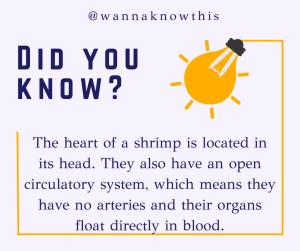

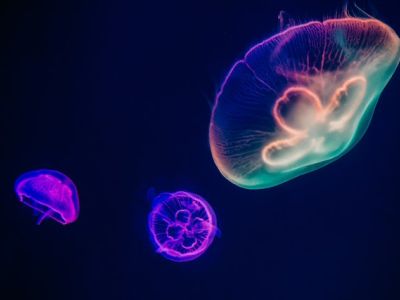
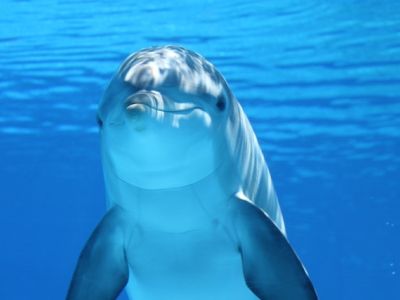


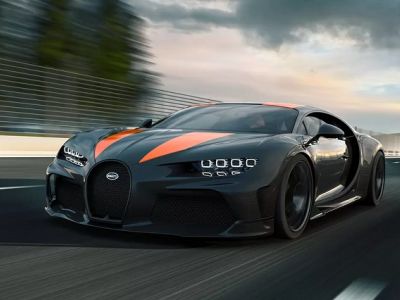



Leave a Reply